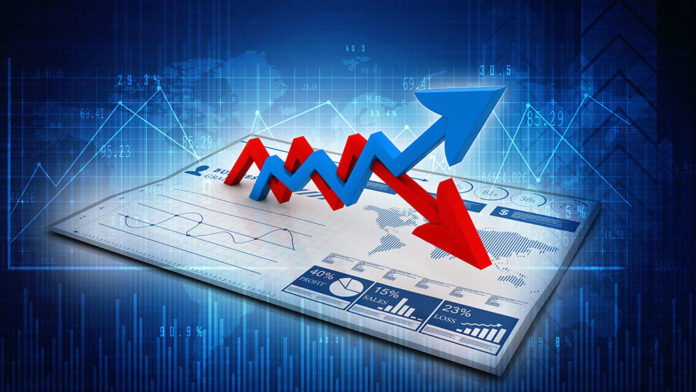Cost push inflation is when the prices of goods and services increase because the cost of producing them has gone up. This can be caused by things like higher raw materials costs, or wage increases. When companies have to pay more for their inputs, they will usually pass at least some of those increased costs on to consumers in the form of higher prices.
And if wages go up, that can also lead to cost-push inflation as businesses try to offset their higher labor costs by raising prices.
Cost-push inflation occurs when the costs of production rise, leading to higher prices for goods and services. This can be caused by a variety of factors, including increases in the cost of labor, raw materials, or energy. When these costs go up, businesses must either absorb the increased expenses or pass them on to consumers in the form of higher prices.
While cost-push inflation is often beyond our control, there are some things we can do to help keep it in check. For businesses, this means keeping operating costs as low as possible. And for consumers, it means being mindful of our spending habits and making sure we’re not overpaying for goods and services.
If we can all do our part to keep cost-push inflation under control, we can help keep the economy stable and ensure that everyone can afford the things they need.
Demand-Pull Inflation
What is demand-pull inflation? Demand-pull inflation is a type of inflation that occurs when there is too much demand for goods and services in an economy. This excess demand can lead to higher prices for goods and services, as businesses attempt to meet the increased demand by raising prices.
What causes demand-pull inflation? There are a number of factors that can cause demand-pull inflation. One common cause is economic growth.
As an economy grows, there is typically an increase in the overall level of demand for goods and services. This increase in demand can lead to higher prices, as businesses attempt to meet this increased demand by raising prices. Other factors that can cause or contribute to demand-pull inflation include: increases in government spending, increases in money supply, and decreases in taxes.
What are the effects of demand-pull inflation? The effects of demand-pull inflation can be both positive and negative. On the one hand, it can lead to higher economic growth as businesses respond to the increased demand by expanding production and hiring more workers.
This can lead to more jobs and higher incomes for households. On the other hand, however, rising prices due to demand-pull inflation can erode purchasing power and reduce living standards for households; it can also make it difficult for businesses to plan ahead and invest effectively due to uncertainty about future prices.

Credit: www.youtube.com
What is Cost Push Inflation?
In economics, cost-push inflation is inflation caused by an increase in the costs of production. It can be caused by increases in wages, raw material prices, or taxes. When these costs increase, businesses raise their prices to cover the higher costs.
This eventually leads to overall price levels rising, causing inflation.
Cost-push inflation is different from demand-pull inflation, which occurs when there is too much money chasing too few goods. In that case, businesses raise prices because they know they can get away with it due to high demand.
With cost-push inflation, businesses are forced to raise prices due to higher costs, even if they don’t want to.
While both types of inflation are undesirable, cost-push inflation is generally considered more harmful because it often leads to wage spirals. As businesses raise prices to cover their increased costs, workers also demand higher wages to keep up with the rising cost of living.
This creates a feedback loop that can rapidly spiral out of control and lead to very high levels of inflation.
There are several ways to combat cost-push inflation once it starts occurring. The most common method is through monetary policy; the central bank can raise interest rates or reduce the money supply in order to slow down the economy and reduce demand for goods and services.
Cost-push Inflation and Demand-pull Inflation
Conclusion
Cost-push inflation happens when there is an increase in the price of production. This can be due to an increase in the cost of raw materials, wage costs, or other factors. When this happens, businesses will often pass on these increased costs to consumers in the form of higher prices.
Cost-push inflation can lead to a decrease in demand for goods and services as consumers are unable to afford them. This can then lead to a decrease in economic growth and an increase in unemployment.



